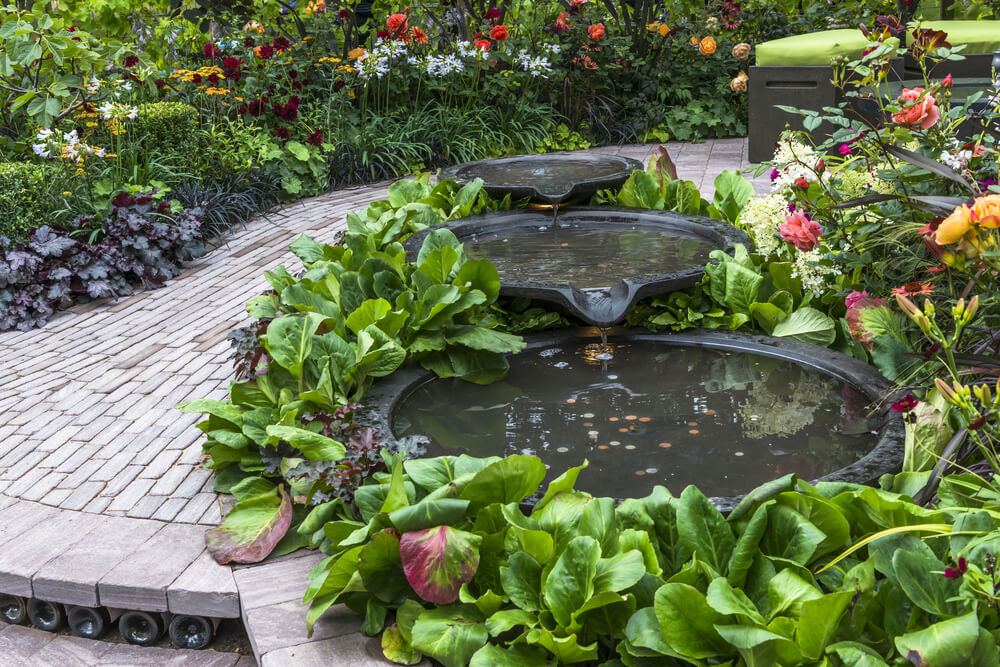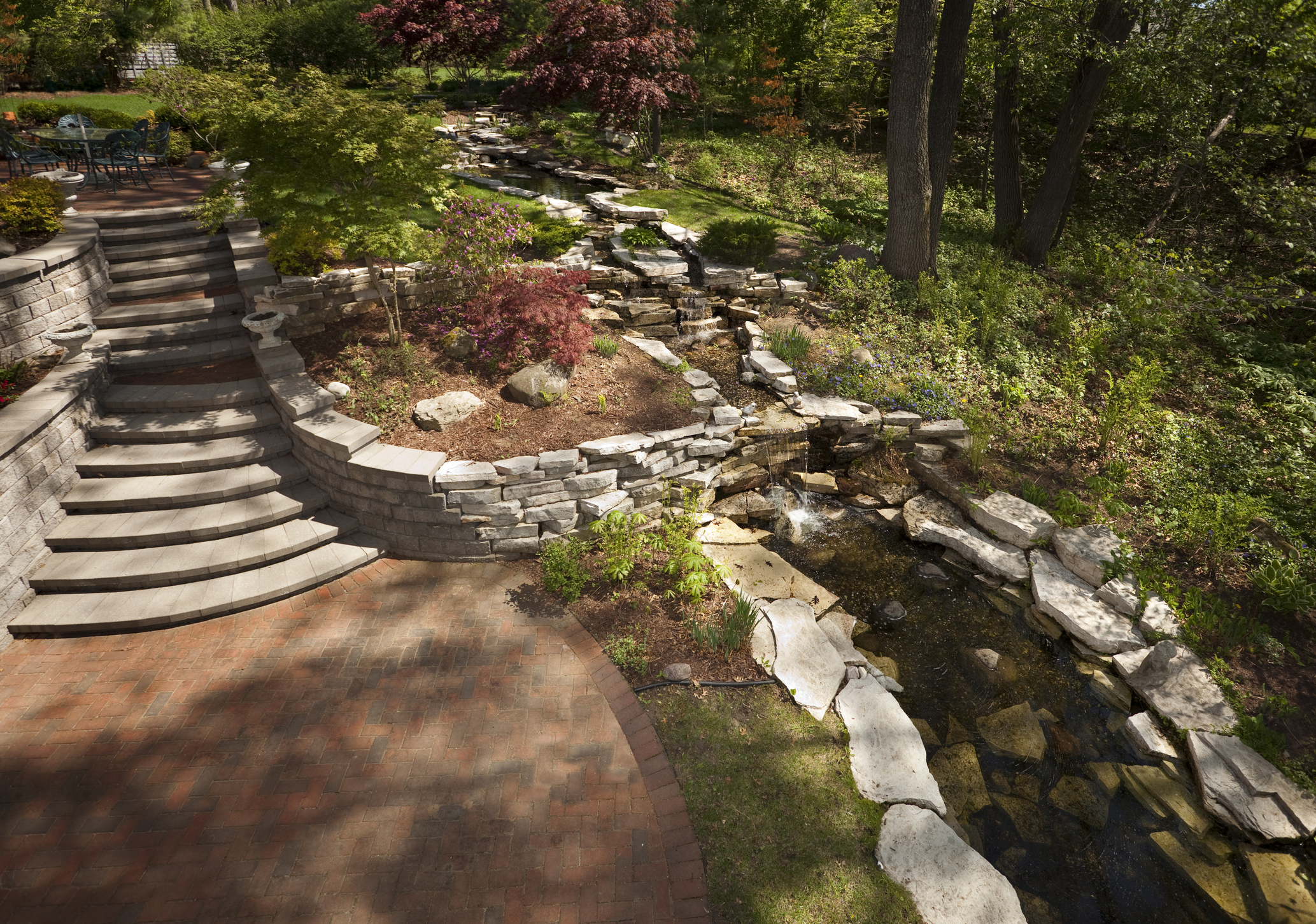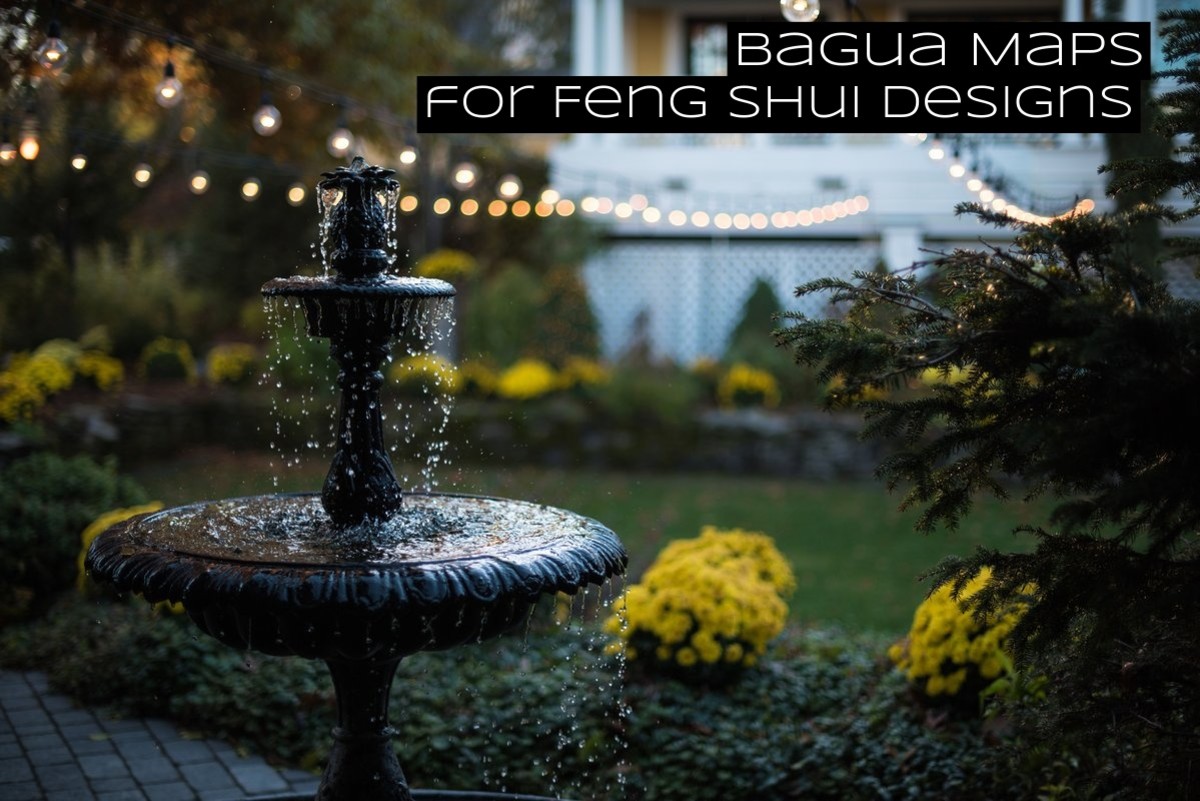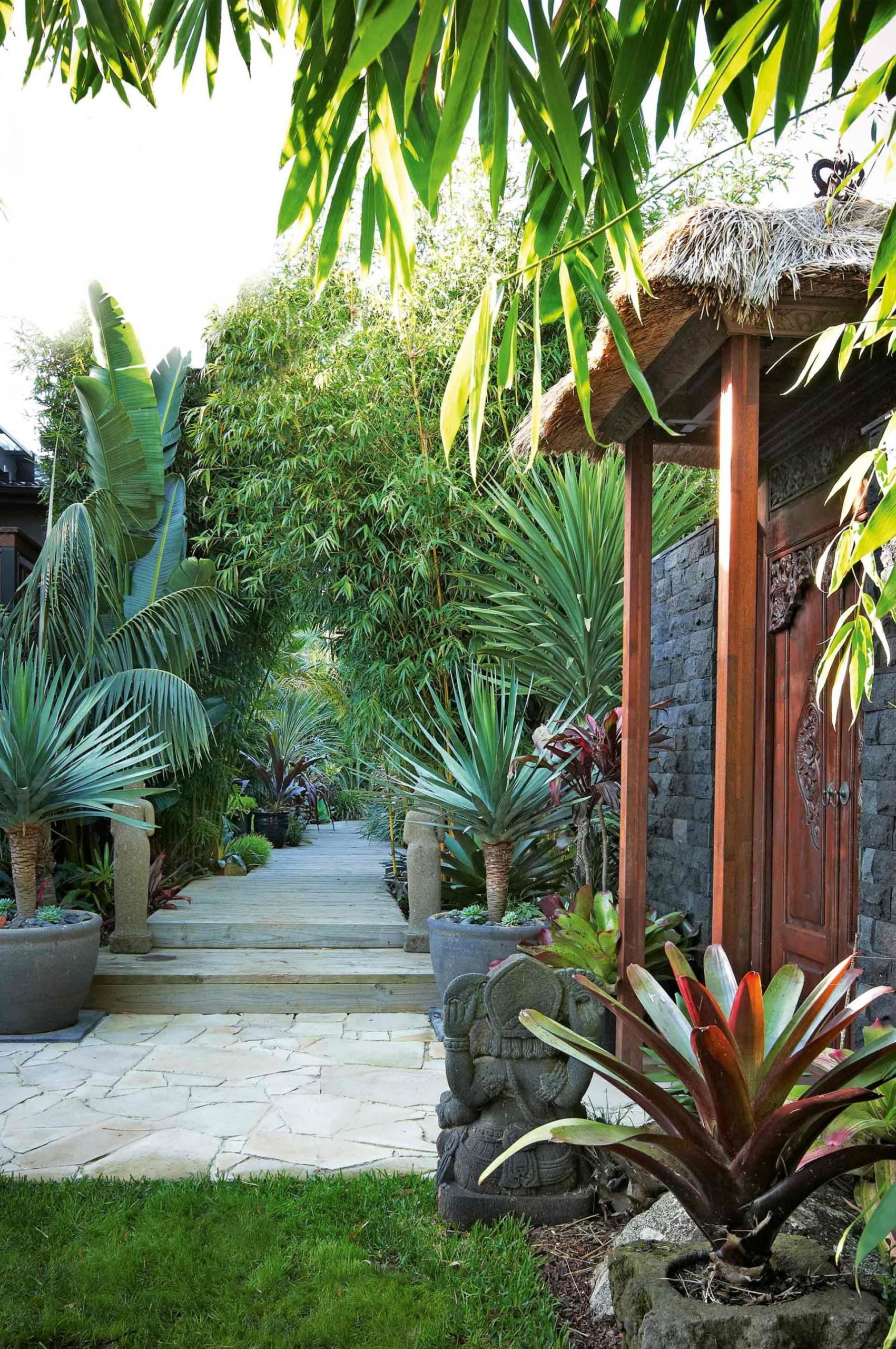
We evaluate and treat our gardens in terms of how they integrate and recreate a tiny space of nature. A garden designed using Feng shui principles reproduces the beauty and harmony of mother nature, allowing the space to promote a personal and therapeutic contact with the ground. Our Feng shui garden then serves as a haven for us, a place where we may “recharge” our batteries and reconnect with our mother earth.
Human character was appraised in ancient Chinese traditions based on how it responded to nature. Spiritual people were those who valued mountains, water, and trees above all other things.
Chinese Gardens: Classic Examples of Good Feng Shui

Many of us can now have our own little paradise in our homes. We evaluate and treat our gardens in terms of how they integrate and recreate a tiny space of nature. A garden designed using Feng shui principles reproduces the beauty and balance of mother nature, allowing the space to promote a personal and therapeutic contact with the ground. Our Feng shui garden then becomes a haven for us, a place where we can recharge our batteries and reconnect with our mother earth.
I’ve put together a list of Feng shui landscape design tips to help you build your own balanced and harmonious outdoor area. I hope they’ll be useful in helping you establish harmony in your garden or patio.
Moon gates, wonderfully formed gazebos that mark the entrance to the garden, are famous in Chinese gardens. Gazebos, gates, bushes and shrubs, or just changing the pavement can all help to create a welcoming atmosphere. A curving and meandering walk to the front door is ideal, since it allows Chi (the Feng shui term for the life energy that pervades all things) to flow freely into your home.
It’s best to employ the same materials and shapes in the garden as you used in the house. Straight lines are not present in nature and should be softened. Curved flower beds filled with carelessly arranged plants can be used to achieve this.
We utilize the bagua map, just like in the interior of the house, to pinpoint the places and improve them correctly while designing a landscape using Feng shui principles.
The Bagua Map in the Garden

The bagua derives from the I Ching, an ancient Chinese book of divination that separates the eight essential building blocks of people’s lives into trigrams, including health, love, prosperity, fame and reputation, creativity, wisdom, professional vocation, and timing or strokes of luck.
Each of these blocks is related with specific colors and shapes; we also use the bagua map in the gardens, positioning it in such a way that the garden’s features correspond and enhance said sections or blocks.
We remember how important it is to maintain a Yin-Yang balance so that light and shadow, as well as straight and curved elements, are in harmony. With appropriate Feng shui, we may also balance the five elements and the five senses in a garden.
The Five Elements and the Five Senses
The five elements have several ramifications in garden design. These characteristics must always be kept in mind while deciding on your general garden layout, picking plants, arranging colors, and considering growing and flowering seasons. We can build a Feng shui garden that gives us the harmony and balance we need in our life using the bagua map and the five elements.
- Plants with nice scents are included in smell and perfumes. We all know the benefits of aromatherapy, which are the essence of the plant that provides healing energy to restore our balance.
- Herbs and vegetables dominate the taste and texture. Why not incorporate herbal and food plants into your garden? Your patio or terrace adds a unique depth to it.
- Hearing: the presence of water and its sound in front of the house is highly pleasant, and it aids in the development of positive relationships among the residents. In our garden, sound is also provided by chimes or windmills.
- Touch. Soft, pleasant-to-touch plants with large, rounded leaves.
- View: Yang energy is represented by large, coarsely textured plants, whereas Yin energy is represented by smaller, finer plants. The choreography between these two classes must strike a balance.
The five basic points for having a garden with strong Feng shui are summarized here.
- The most important thing is to keep everything seeming as natural as possible. The plants that are produced, as well as the accessories that are used, must not appear forced.
- The combination of the forms and sizes of the plants is a vital part of balance, as no element or group stands out above the others.
- Do you want to follow a winding road or trail?
- Introduce a water feature, such as a fountain or pond, to the front of the house rather than the back.
- Aren’t these supposed to be exotic or unusual plants? Our species is still alive and well; seek for plants with rounder leaves rather than pointed ones.
The Main Thing is Balance and Harmony

A beautiful garden, according to Feng Shui, is like the clothes in the house. Feng Shui expert Wong Sien Hong, 1997.
A garden is a microcosm of nature that is always changing as it grows. Your garden will remind you of your own growth as it matures, as well as the effort required to create and maintain balance and harmony. The garden encourages people to reconnect with nature while also improving their growth and health.






